My favourite painting: Rose Balston
Art historian Rose Balston chooses a Gentileschi classic.


Rose Balston on Self-Portrait as the Allegory of Painting (La Pittura) by Artemisia Gentileschi
'Whenever I see this painting, I am entirely captivated. It is an excellent picture for illustrating the often-forgotten fact that women artists were astonishingly innovative. Because they were living in a man’s world and their circumstances were more restrictive, women artists had to think outside the box to pack a punch.
'It is not a traditional self-portrait of Artemisia, more an illustration of her as the “essence” of art. She embodies the very moment of inspiration and creativity.
'The complex pose is more dynamic than anything then yet seen in Baroque England and it exudes the energy and bravado with which she so gloriously paints: flushed cheeks, a sheen on her brow, her hair tumbling around her, iridescent shots of green and gold thrumming through her dress and her body almost cascading out of the work.'
Rose Balston is an art historian, television presenter and founder of ArtscapesUK.
Charlotte Mullins comments on Self-Portrait as the Allegory of Painting
Artemesia Gentileschi trained in her father Orazio’s studio in Rome in the early years of the 17th century. She established a successful studio in Florence and later in Naples, painting for cathedrals, cardinals and dukes. As a woman artist, she defied expectations, creating history paintings and religious scenes with strong, assertive women, such as Judith Beheading Holofernes (about 1612–13).
Self-Portrait as the Allegory of Painting shows her holding a palette and brushes in her left hand, as, with her right, she stretches across the canvas as if about to add the first marks. She is dressed in a green satin gown—artists often painted themselves wearing their finest clothes to show their status—but the front is covered by a utilitarian brown apron. Simultaneously, this self-portrait is also an allegory, with Gentileschi posed as the Muse of Painting. This elevation was something her male rivals could not compete with and emphasised the intrinsic connection between women and the Arts.
This painting may show Gentileschi in her late thirties—a self-portrait was recorded as having been prepared for the noted Roman antiquarian Cassiano dal Pozzo in 1630. However, it was never sent to him and some believe this work was painted in London in 1638, when Charles I requested her presence to help her ailing father complete the ceiling for Queen Henrietta Maria’s Great Hall in Greenwich. Self-Portrait entered the Royal Collection and now hangs in the Presence Chamber at Hampton Court Palace.

My favourite painting: Will Fisher
Will Fisher of Jamb chooses a huge and dramatic Rubens.
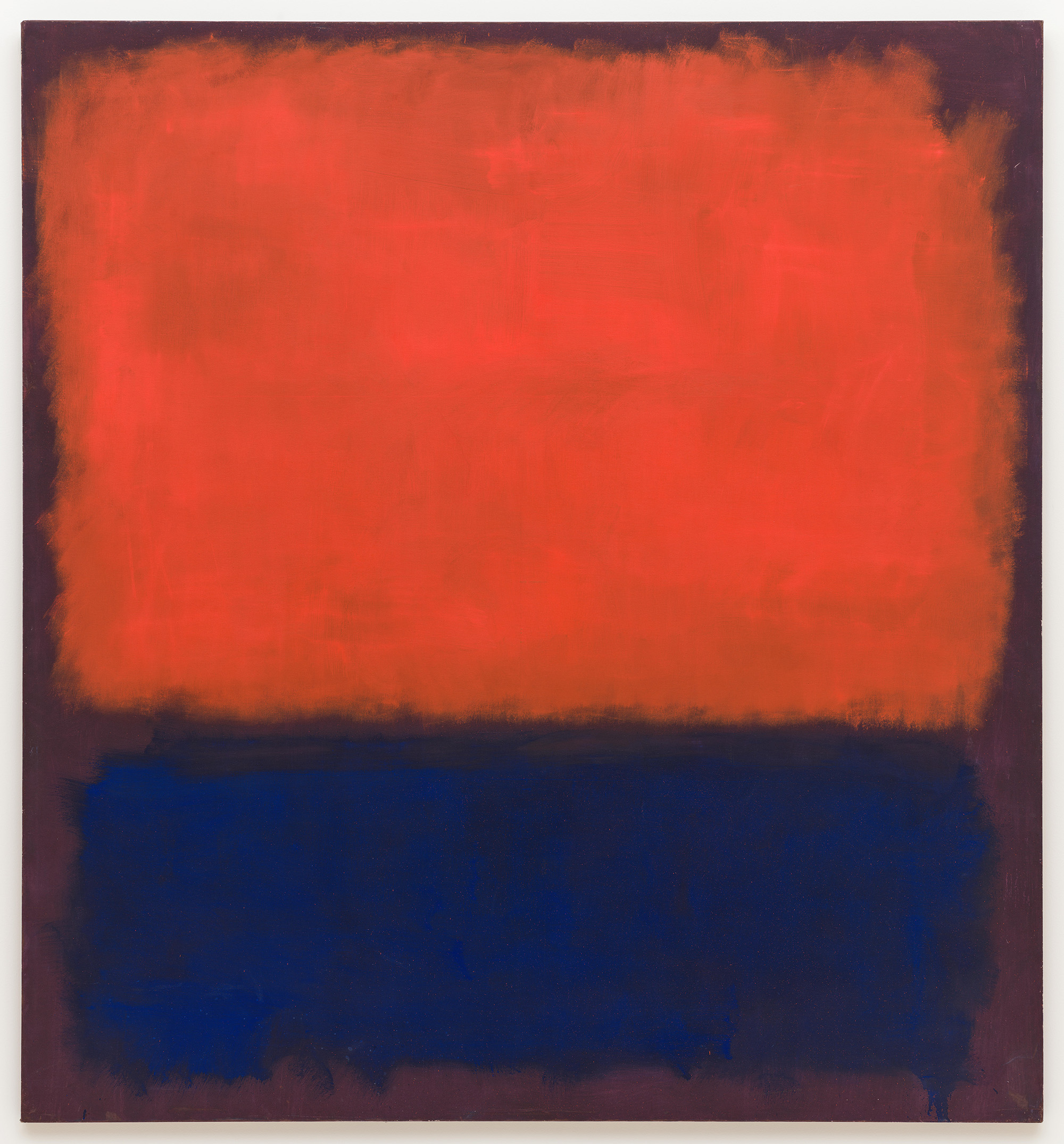
My Favourite Painting: Marie Soliman
Interior designer Marie Soliman chooses an unforgettable image by Mark Rothko, one of the most distinctive modern artists of the
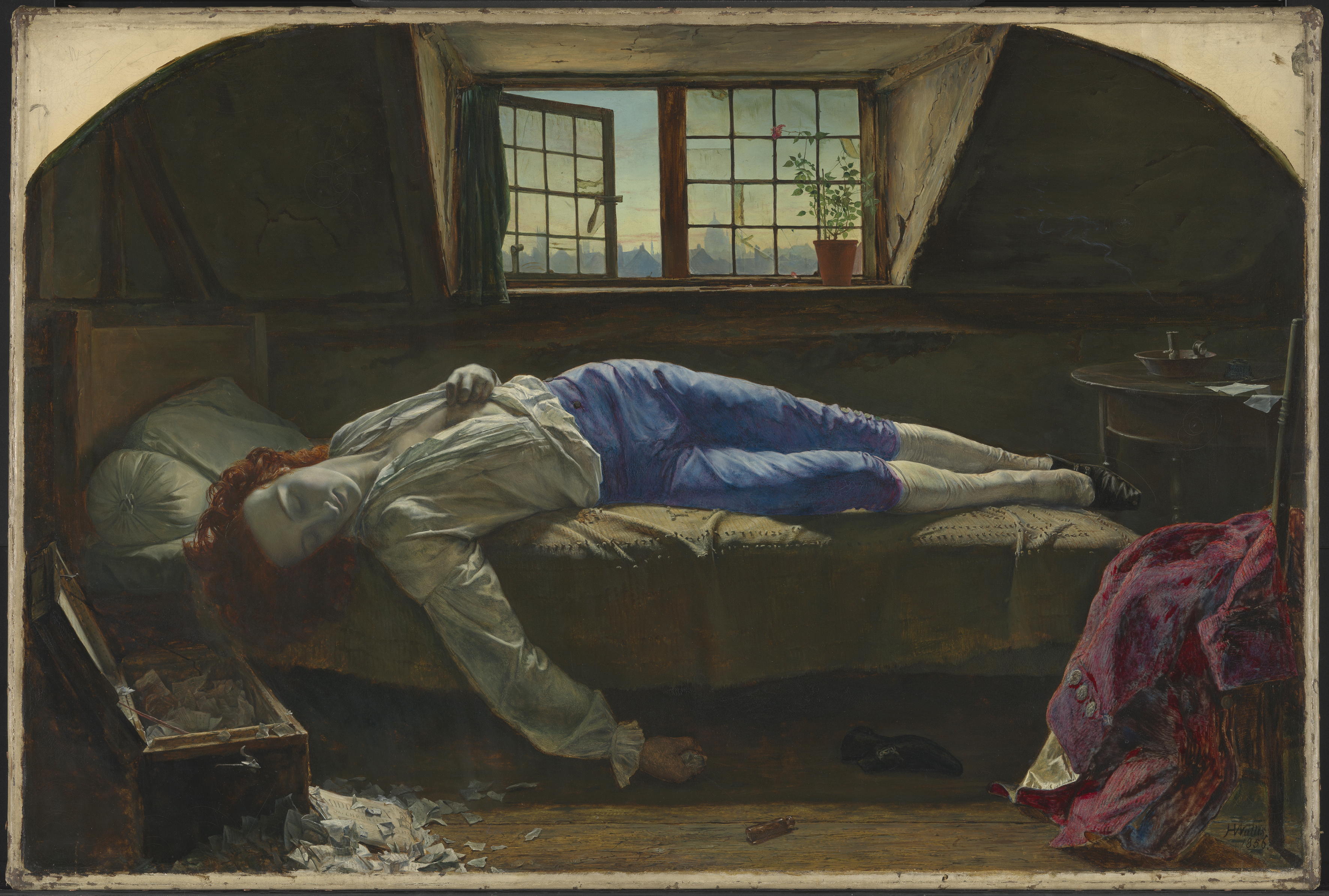
My Favourite Painting: Christopher Jackson
The poet and artist Christopher Jackson chooses 'a macabre picture, with marvellous details': Chatterton by Henry Wallis.
Exquisite houses, the beauty of Nature, and how to get the most from your life, straight to your inbox.

Credit: Sotheby's
Charles I’s lost painting, up for sale for the first time in nearly 400 years

My Favourite Painting: Simon Gillespie
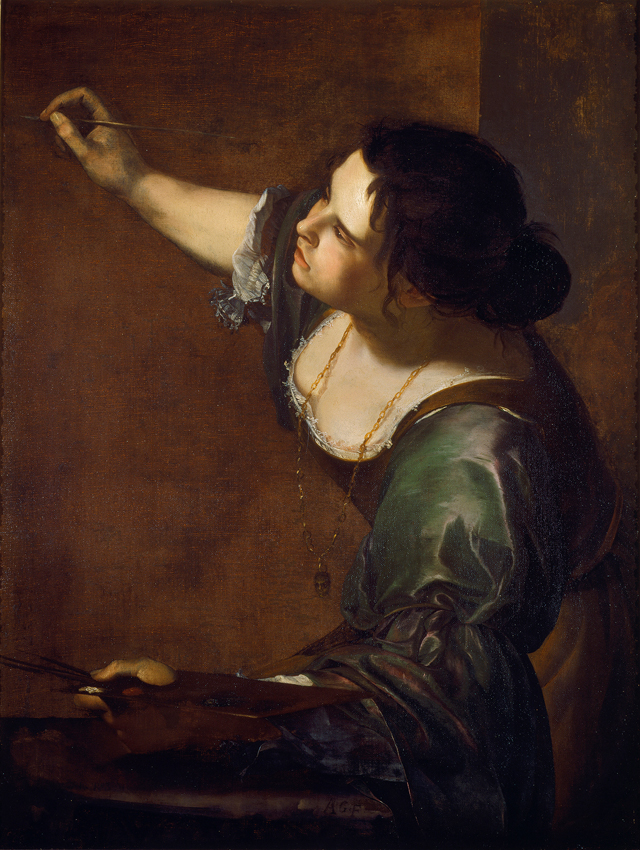
My favourite painting: Sandi Toksvig
Sandi Toksvig chooses her favourite painting for Country Life.
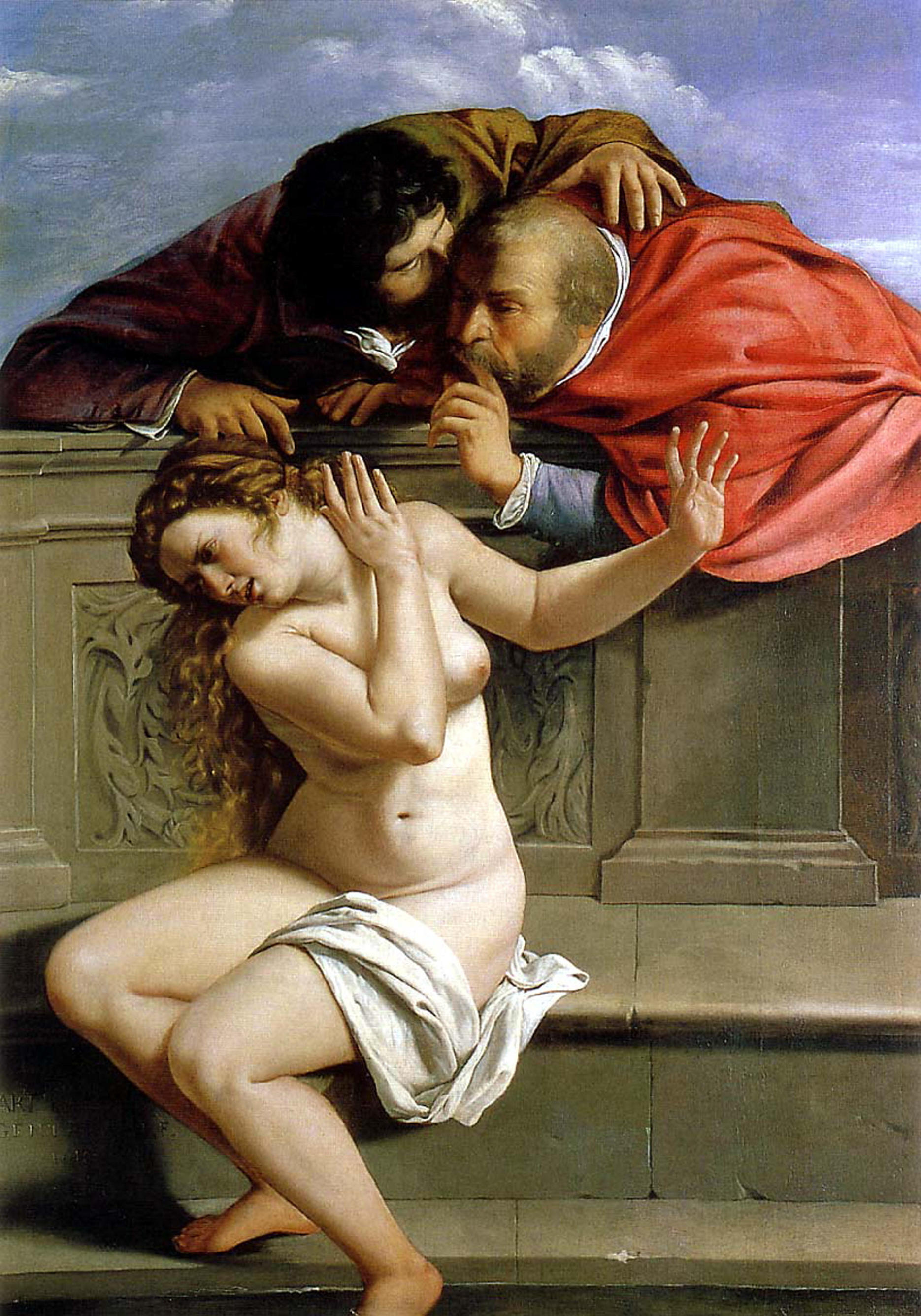
My Favourite Painting: Jenni Murray
The journalist and broadcaster Jenni Murray talks about a painting that is 'the first illustration of #MeToo'.
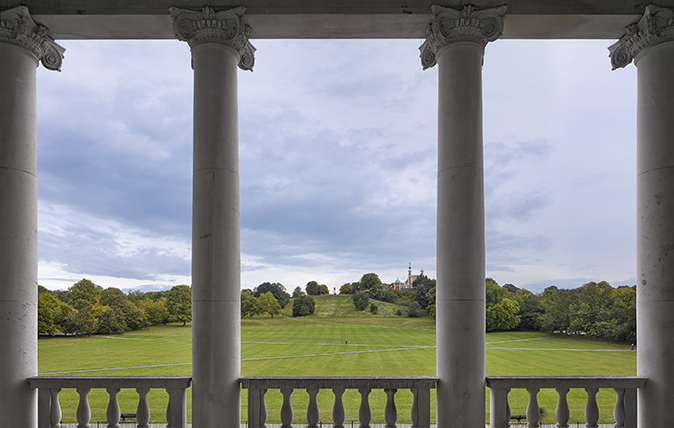
The Queen’s House, Greenwich: A royal villa of global significance housing a world-class art collection
In preparation for its 400th anniversary last year, the Queen’s House underwent a major refurbishment and re-hang. Harry Mount looks

Charlotte Mullins is an art critic, writer and broadcaster. Her latest book, The Art Isles: A 15,000 year story of art in the British Isles, was published by Yale University Press in October 2025.